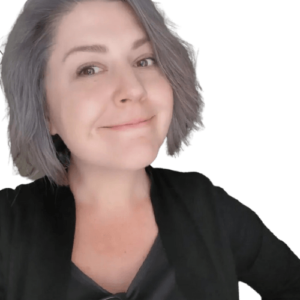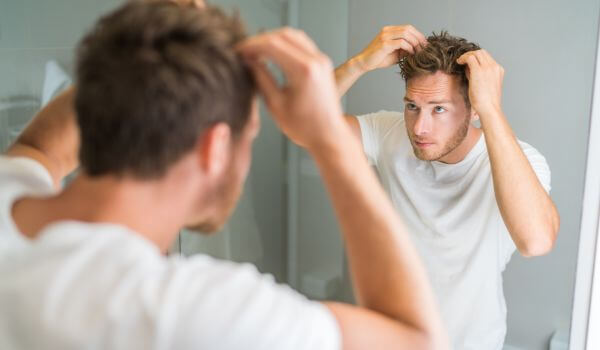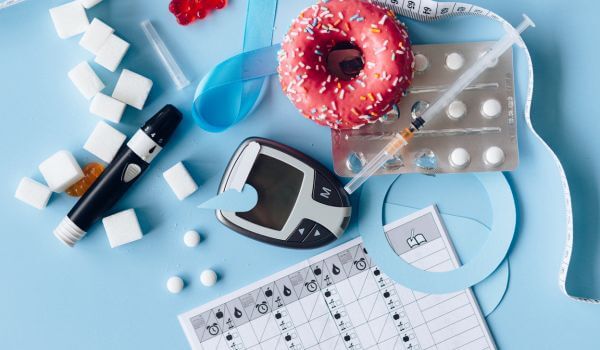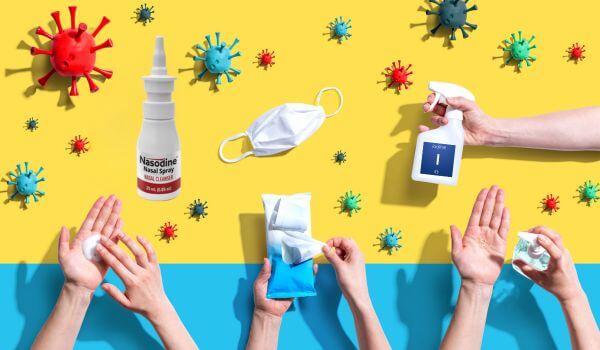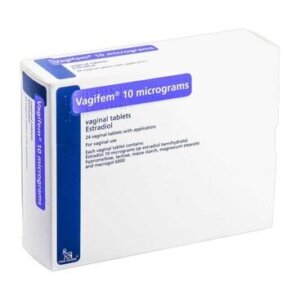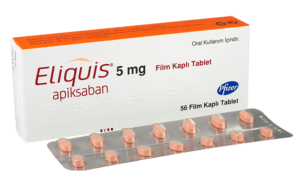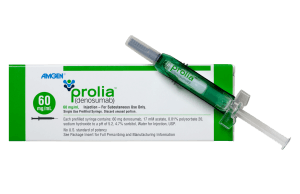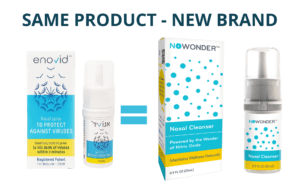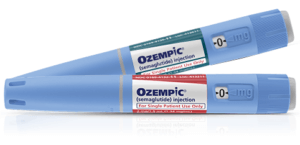
These flat, dark patches of skin are a form of hyperpigmentation caused by years of sun exposure. They commonly appear on the face, hands, chest, and even the tops of balding heads, which are the areas most exposed to the harsh Aussie sun. While not harmful on their own, these spots are a stark reminder of how unprotected skin can show signs of damage over time. So are there ways to get rid of them once they appear? Let’s take a look.
What are age spots caused by?
Age spots and dark marks are very common and easy to develop. They are usually caused by sun exposure and ageing. Melanocytes, the cells that create pigment in the skin, can increase in certain areas of the body. This buildup happens at the meeting point of the top and inner layers of the skin and is non-cancerous.
Melanocytes are the cells responsible for producing a tan, as well as causing hyperpigmentation or dark spots on the skin. These cells lack stem cells and have fragile, arm-like structures that reach into the skin. When these arms are damaged, they release melanin unevenly, causing large patches instead of a smooth distribution.
Most sun spots and dark patches are caused by sun damage from years ago, often as far back as 20 years. Sun damage takes a long time to show up as visible spots. Current sun exposure just speeds up the process of making them appear.
How to get rid of dark spots?
Many creams and lotions on the market claim to reduce dark spots or brighten skin. These products usually work by exfoliating the skin, which removes the layer of cells with brown spots and makes the skin appear brighter. Some also include ingredients that reduce melanin production, helping to prevent dark spots from worsening.
To reduce age spots and prevent them from worsening, skincare products with certain ingredients can help. Vitamin C is a key ingredient to look for. It should be applied daily since it helps decrease melanin production and protects the skin from UV damage. Vitamin C also hydrates the skin and boosts collagen, which can make the skin look brighter and healthier.
Retinol is a type of chemical exfoliant that comes in serums or creams. Zorante is an example of a topical retinoid. It helps the skin shed old cells faster, reducing dark patches and lightening pigmentation over time. If retinol is too harsh, lactic acid or glycolic acid are good alternatives. These can be found in cleansers, toners, or serums and work in a similar way to exfoliate the skin.
However, the only way to completely get rid of dark spots is to prevent them from forming in the first place. This can be done by reducing sun exposure. Broad-spectrum sunscreen is a must to prevent dark spots. SPF helps prevent dark spots from getting worse by reducing melanin production caused by the sun.
What about kojic acid?
Kojic acid comes from certain types of fungi and is also created during the fermentation of foods like Japanese sake, soy sauce, and rice wine. It works by blocking the production of tyrosine, an amino acid needed to make melanin. By reducing melanin production, kojic acid can help lighten the skin.
You can find kojic acid in various products like creams, serums, powders, soaps, and cleansers. For powders, users need to mix them with water or lotion, depending on the directions provided. Certain products, such as soaps and cleansers, are made to be rinsed off right after use. Others, like creams and serums, are meant to stay on the skin so they can be absorbed. (Though overall, kojic acid doesn’t absorb very deeply into the skin.) Kojic acid products are usually applied to the face and hands, but they can also be used on other parts of the body as long as the skin isn’t too sensitive.
What about more intensive treatments?
Professional treatments can help reduce melanin patches, like liver spots. Laser and IPL (Intense Pulsed Light) are non-invasive options that often show noticeable results after multiple sessions. Broad-based light therapy and fractional lasers can help fade or remove these spots. Laser and IPL treatments use light energy to heat and break up the pigment in the skin, gradually lightening the patches over time.
Skin needling also helps break up deep pigmentation in the skin. It also thickens and tightens the skin, which is often needed because pigmented areas are typically thin and damaged.
Cryotherapy, also called cryopen or cold treatment, uses a thin stream of nitrous oxide gas to target pigmented skin. The gas cools the skin so much that the area completely replaces itself, resulting in a lighter and brighter surface.
Allumera is a light-activated cream that helps improve skin tone and overall appearance. The process involves applying the cream, which acts as a photosensitizer, to the skin for one hour. After that, an LED light is used to activate it. This treatment works to enhance skin clarity and even out skin color.
These treatments are not a one-time fix and usually require multiple sessions for noticeable results. It’s best to discuss the process and costs with a dermatologist or skin specialist during the first consultation, as it can be expensive. Skincare products also take time to work, often at least four weeks, so patience is needed.
A dermatologist or skin specialist should evaluate whether cosmetic treatments such as these are safe for an individual’s skin type.
Are there any foods or supplements that can get rid of age spots?
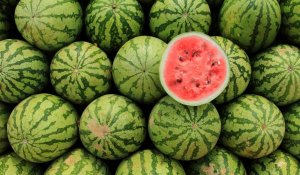
Blueberries and red grapes
Blueberries are packed with antioxidants that fight harmful free radicals caused by sun exposure and stress. Wild blueberries are especially effective. They’re also high in vitamin C, which can help reduce the chances of wrinkles after a day at the beach. The resveratrol found in red grapes is also a useful antioxidant for skin health and to protect against age-related skin damage.
Watermelon
Tomatoes get their red color from lycopene, an antioxidant, but watermelons actually have a lot more of it. Lycopene helps protect the skin from UVA and UVB rays.
Nuts and seeds
Omega-3 fatty acids are important for the body, but the body can’t produce them on its own, so people need to get them from food. Foods like walnuts, hemp seeds, chia seeds, and flax are all great sources of omega-3s. Fish and eggs are also packed with this healthy fat. Omega-3s are great for skin. They help keep it healthy and strong while also reducing inflammation. They can even help the body deal with the effects of spending too much time in the sun.
Carrots and leafy greens
The body changes beta carotene into vitamin A, which is important for healthy skin. Including different foods high in this nutrient can help you meet your daily needs more easily. Foods like carrots and leafy greens such as kale and spinach are full of beta carotene.
Leafy greens are rich in antioxidants called lutein and zeaxanthin. These nutrients help protect the skin from wrinkles, sun damage, and even the risk of skin cancer.
Green tea
Studies on both humans and animals have shown that green tea polyphenols (GTPP) can protect skin from UV damage when used as a cream or taken orally. Since the skin is an external organ, applying treatments directly to it is effective and reduces the risk of side effects. Other studies also showed that GTPP can lower the risk of UV-related skin cancer by blocking harmful chemicals that promote tumor growth.
Cauliflower
Brightly colored fruits and vegetables are usually the healthiest because they’re packed with antioxidants. But cauliflower is a surprising exception to this rule. Even though it’s pale, it’s full of powerful antioxidants that protect the body from damage caused by free radicals. Cauliflower can help protect the skin from the sun because it contains histidine, an amino acid that helps the body produce urocanic acid, which absorbs UV rays.
Supplements
Specific supplements, such as The Beauty Health Pack are designed to support healthier hair, skin, and nails, with ingredients that also target sun-damaged skin. Hyaluronic acid helps keep skin hydrated and boosts elasticity, which can reduce the appearance of dryness and fine lines caused by sun exposure. Resveratrol, a powerful antioxidant derived from the skin of grapes, helps protect skin cells from oxidative stress caused by UV rays while also reducing inflammation and promoting overall skin health.
What’s the difference between age spots and sun spots?
Age spots often show up on parts of the skin that get a lot of sun, like the face, hands, arms, and shoulders. They can be pink, tan, or brown in color. These spots are usually larger than freckles, oval-shaped, and often appear in groups. While they might not look appealing, they are completely harmless.
Sun spots, also called actinic keratoses, can appear in different colors. The main difference between age spots and sun spots is texture. Age spots are flat and smooth, while sun spots usually feel rough and scaly. Sun spots can sometimes turn into skin cancer, so it’s important to have a doctor check them. If someone notices any changes in their skin and isn’t sure what they are, it’s always a good idea to let a doctor know.
FAQs
What does a cancerous spot look like?
Skin cancer can be difficult to recognize because it comes in many shapes, sizes, and appearances. Check skin once a month and pay attention to anything new, changing, or unusual, even if it doesn’t match common examples in photos. Skin cancers can look different depending on a person’s skin tone, the type of cancer, its size, and where it appears on the body. For instance, melanoma, a serious type of skin cancer, is often tan, brown, black, or even blue, but some forms, like amelanotic melanoma, lack pigment and may appear pink or skin-colored. If you notice anything concerning, see a dermatologist right away.
Can hydrogen peroxide remove dark spots?
Hydrogen peroxide acts as a bleaching agent, which may help reduce the appearance of dark spots on the skin, including those caused by sun damage. It is unlikely to remove an age spot completely though.
Does castor oil get rid of age spots?
Castor oil is known for its many benefits, but there isn’t any scientific proof that it can get rid of age spots.


